Clean, safe water is essential to life—but can you trust the water that comes out of your tap? In many parts of the world, including urban and suburban neighborhoods, tap water may contain contaminants that pose long-term health risks. Understanding what’s in your water and how it can affect your health is crucial for keeping your family safe.
In this comprehensive guide, we’ll explore the most common water contaminants, their potential health impacts, and practical purification methods you can use to ensure your drinking water is clean and safe.
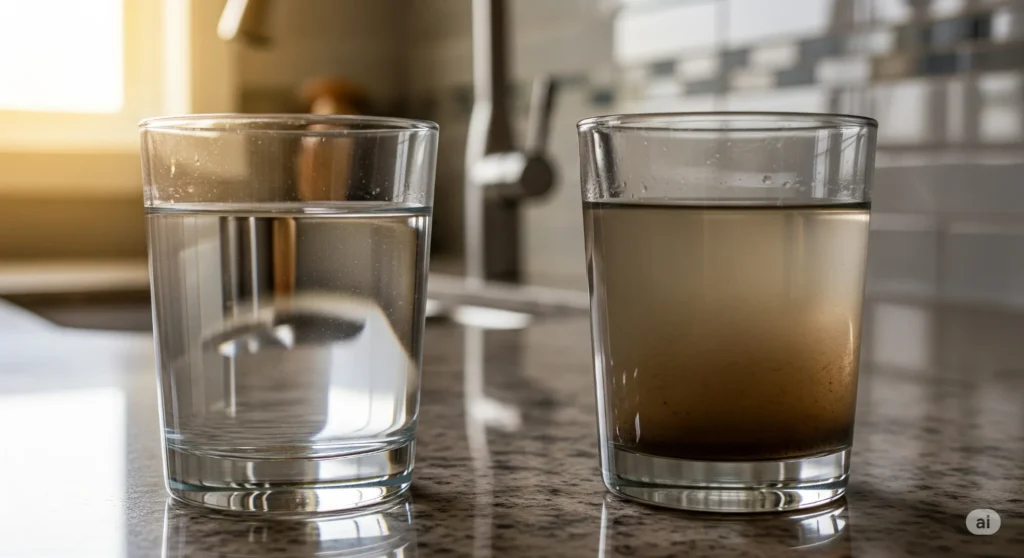
Why Water Safety Matters
Water is vital for nearly every function in the human body—from regulating temperature to transporting nutrients and flushing out toxins. But when that water is contaminated, it can do more harm than good.
Contaminated water has been linked to various health problems including gastrointestinal illnesses, reproductive issues, neurological disorders, and chronic diseases like cancer. Children, pregnant women, older adults, and individuals with weakened immune systems are especially vulnerable.
Common Water Contaminants You Should Know About
Contaminants in water fall into several categories: biological, chemical, and physical. Here are the most prevalent ones found in tap water:
1. Lead
Source: Old pipes, solder, and plumbing fixtures.
Health Effects: Lead is a neurotoxin that is especially harmful to children. It can cause developmental delays, learning difficulties, and behavioral issues. In adults, it may contribute to kidney problems and high blood pressure.
2. Chlorine and Chloramine
Source: Added to disinfect water supplies.
Health Effects: While useful for killing bacteria, these disinfectants can react with organic matter in water to form disinfection byproducts (DBPs), which have been linked to increased cancer risk and reproductive issues.
3. Nitrates
Source: Fertilizers, septic systems, and animal waste.
Health Effects: Nitrates are particularly dangerous for infants, potentially causing “blue baby syndrome” (methemoglobinemia), which affects oxygen transport in the blood.
4. Bacteria and Viruses
Source: Sewage leaks, agricultural runoff, and floodwater infiltration.
Health Effects: These pathogens can cause immediate illnesses like diarrhea, vomiting, stomach cramps, and even life-threatening infections in vulnerable individuals.
5. Arsenic
Source: Naturally occurring in bedrock; industrial runoff.
Health Effects: Long-term exposure to arsenic has been linked to skin lesions, cancers (skin, bladder, and lung), cardiovascular disease, and diabetes.
6. Fluoride
Source: Added to promote dental health.
Health Effects: While fluoride can prevent cavities, excessive exposure may lead to fluorosis (discolored teeth) and may have potential neurological effects with long-term high-dose exposure.
7. Pesticides and Herbicides
Source: Agricultural runoff and improper disposal.
Health Effects: Long-term exposure may disrupt the endocrine system, increase cancer risk, and impact reproductive and developmental health.
8. Pharmaceuticals
Source: Improper disposal or excretion of medications.
Health Effects: Trace amounts of medications in water can disrupt hormone levels and may contribute to antibiotic resistance.
9. PFAS (“Forever Chemicals”)
Source: Industrial waste, non-stick cookware, water-repellent products.
Health Effects: Linked to cancer, immune system effects, liver damage, and developmental issues in children.
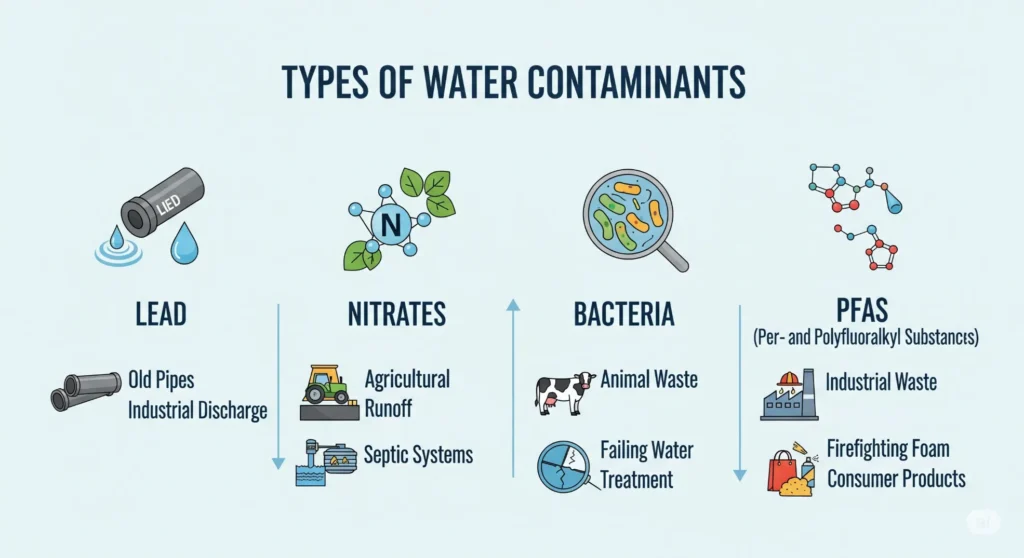
How Contaminated Water Affects Your Health
Even trace amounts of certain chemicals and biological agents in water can accumulate over time and cause serious health problems. Here’s a breakdown of short- and long-term health effects linked to contaminated water:
| Contaminant | Short-Term Effects | Long-Term Effects |
|---|---|---|
| Lead | Fatigue, abdominal pain | Developmental delays, kidney damage |
| Nitrates | Cyanosis in infants | Cancer risk, thyroid issues |
| Bacteria | Diarrhea, vomiting | Severe dehydration, kidney failure |
| Arsenic | Nausea, skin irritation | Cancer, heart disease |
| PFAS | Hormonal imbalance | Increased cancer risk |
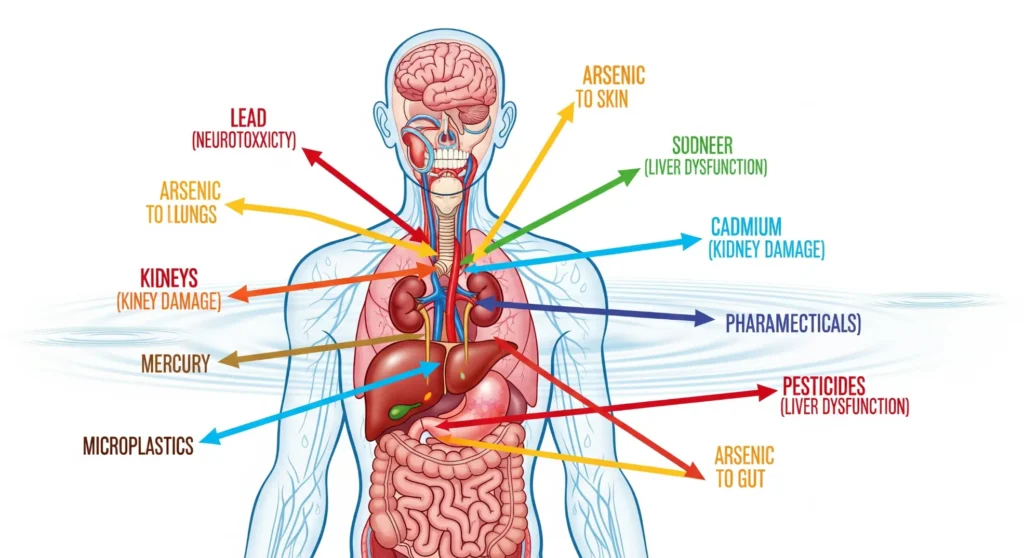
How to Test Your Tap Water
The first step in protecting your health is knowing what’s in your water. Here’s how:
1. Check the Consumer Confidence Report (CCR)
If you’re on a municipal water supply in most countries (including the U.S.), the local water utility is required to provide a Consumer Confidence Report each year. This report details the water quality and any contaminants found.
2. Use a Home Water Testing Kit
These kits can test for:
- Lead
- Bacteria
- Nitrates/Nitrites
- Chlorine levels
- pH balance
- Hardness (minerals)
3. Get a Lab Test
For the most accurate results, collect a sample and send it to a certified lab. This is especially useful for well water or if you live in an older home.
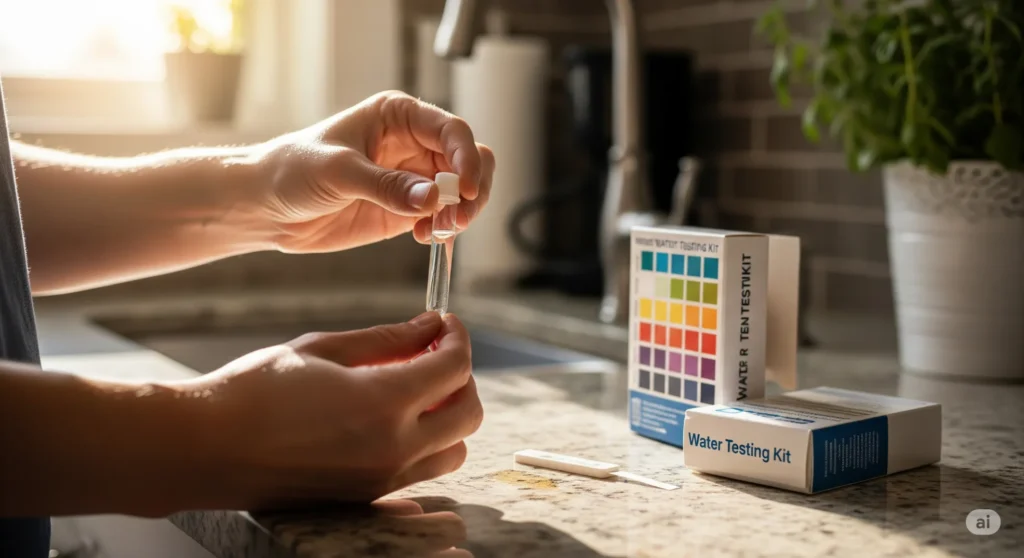
How to Purify Your Drinking Water at Home
Depending on the contaminants, different purification methods may be necessary. Here’s a look at the most effective techniques:
1. Activated Carbon Filters
Removes: Chlorine, VOCs, pesticides, some pharmaceuticals.
Best For: City tap water with chemical disinfectants.
Available As: Pitcher filters, faucet attachments, under-sink systems.
2. Reverse Osmosis (RO) Systems
Removes: Heavy metals, fluoride, nitrates, arsenic, PFAS.
Best For: Broad-spectrum purification.
Note: Wastes water during the filtration process.
3. UV Purifiers
Kills: Bacteria, viruses, protozoa.
Best For: Pathogen control (especially for well water).
Limitations: Doesn’t remove chemicals or heavy metals.
4. Distillation
Removes: Most contaminants by boiling water and condensing steam.
Best For: Comprehensive purification, but energy-intensive.
5. Water Softeners
Removes: Calcium, magnesium (hard water minerals).
Best For: Homes with hard water that causes scaling.
Note: Doesn’t purify biological or chemical contaminants.
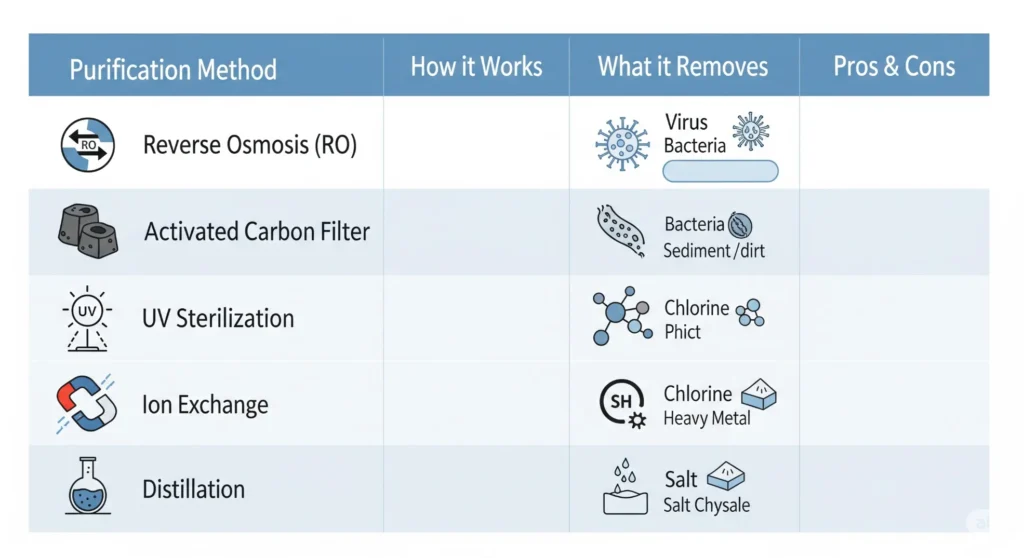
Tips to Keep Your Water Safe
- Regularly change filters in any water purification device.
- Clean faucet aerators where debris and sediment can collect.
- Flush pipes by running cold water for 1–2 minutes before use, especially after water has been stagnant.
- Avoid storing water in plastic for long periods—opt for glass or stainless steel.
- Don’t drink hot tap water, as it may leach more metals from pipes.
Special Considerations for Well Water Users
If you rely on private well water, you are responsible for your own water safety. Regular testing (at least once a year) is essential for:
- Coliform bacteria
- Nitrates
- Heavy metals (arsenic, lead, mercury)
Install a multi-stage filtration system to handle varying contaminant levels.

What the Experts Say
🗨️ “Just because water looks clean doesn’t mean it is. Many contaminants are invisible, odorless, and tasteless,”
—Dr. Melissa Grant, Environmental Toxicologist
🗨️ “For optimal health, don’t just rely on what comes out of your tap. A good filtration system is one of the best health investments you can make,”
—Dr. Anil Kumar, Preventive Medicine Specialist
Conclusion: Don’t Take Clean Water for Granted
Water is a daily necessity, but assuming it’s always safe can be dangerous. From lead and arsenic to pesticides and viruses, contaminants can quietly harm your health over time.
The good news? By educating yourself, testing your water, and using the right purification methods, you can dramatically reduce your risk. Whether you’re using city water or a private well, safe water is your right—and your responsibility.
✅ Quick Summary Checklist: Is Your Water Safe?
- Review your local water quality report
- Test your tap water
- Identify potential contaminants
- Choose a suitable purification method
- Maintain your filter system
- Stay informed about new water safety guidelines


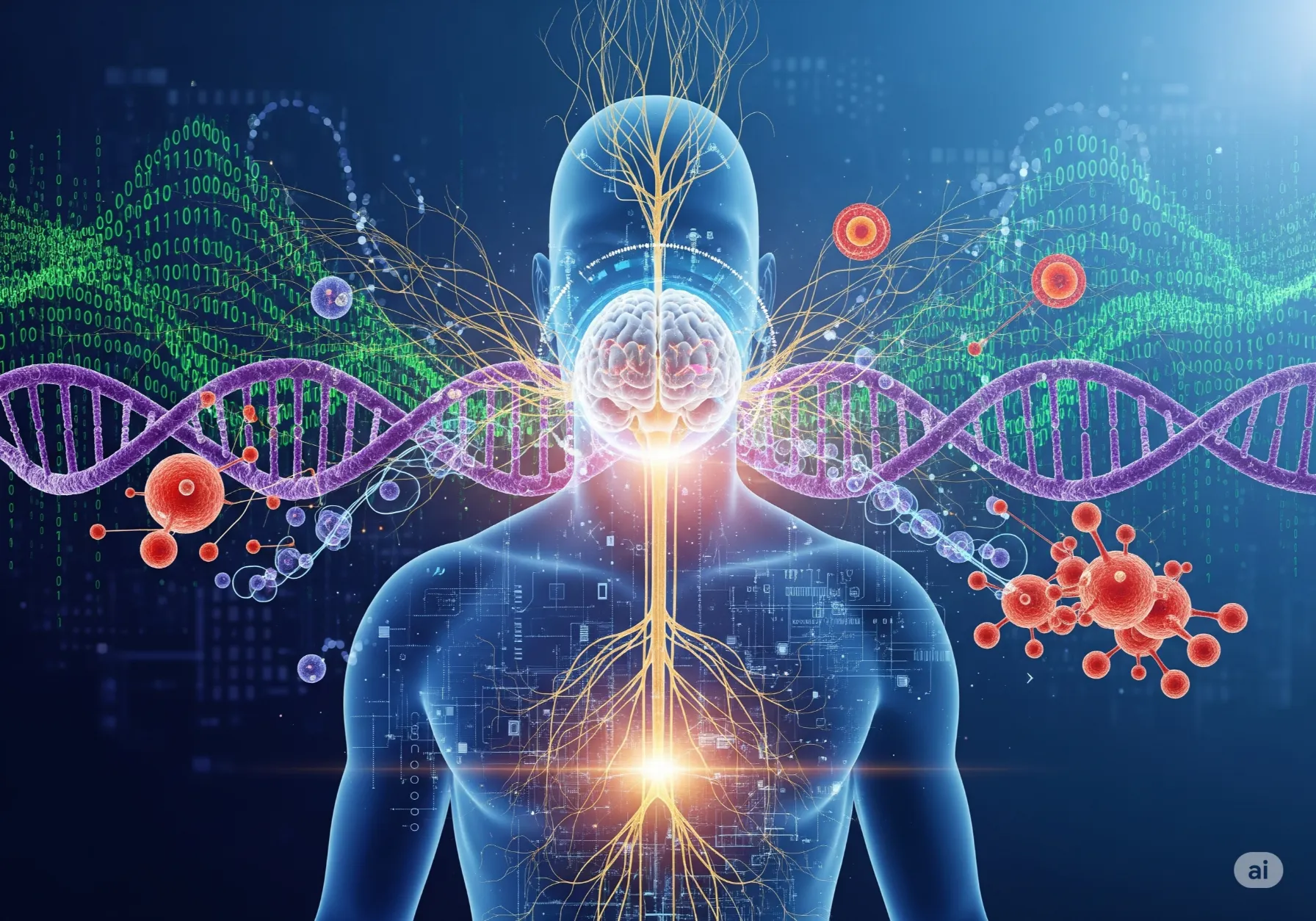
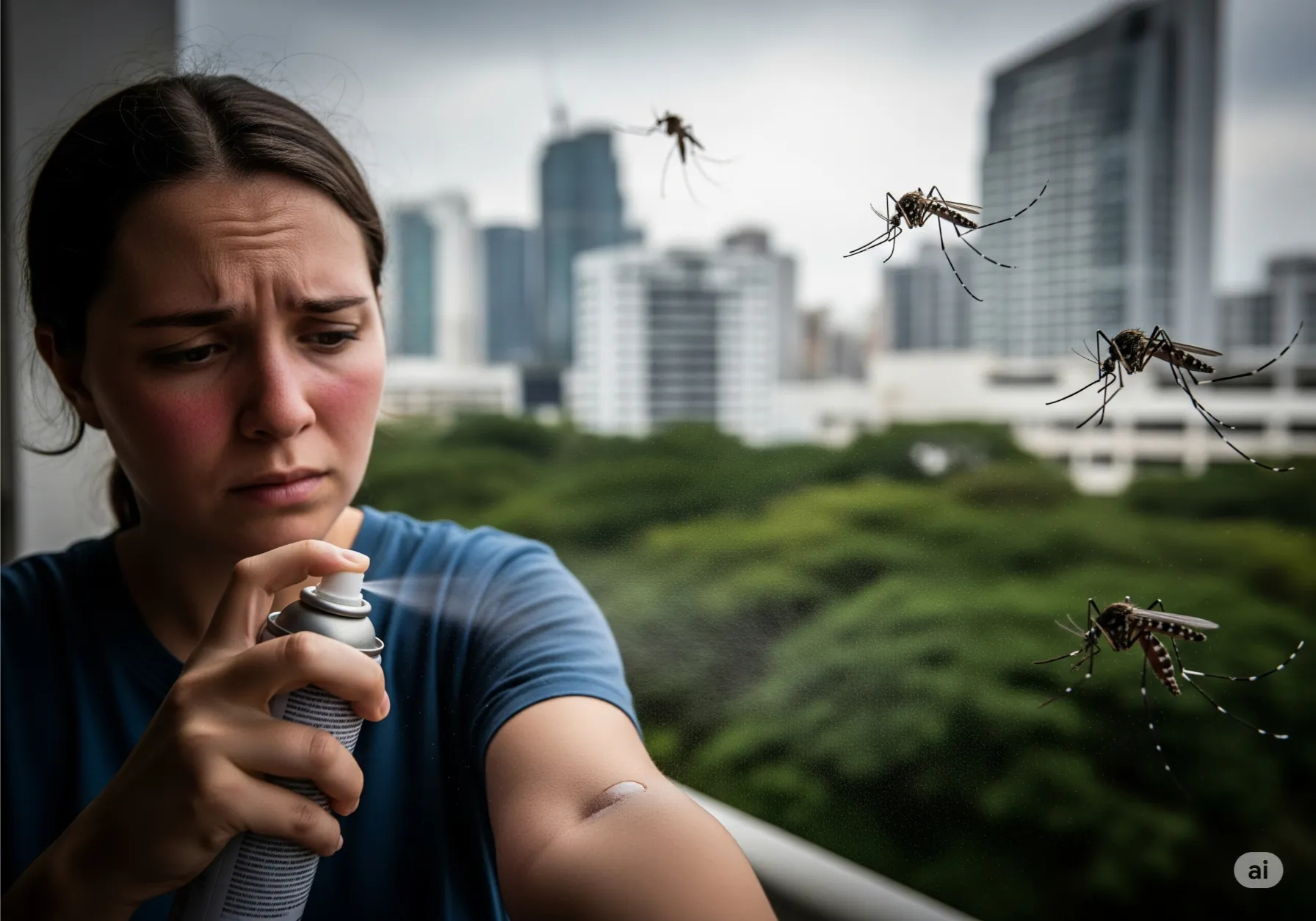

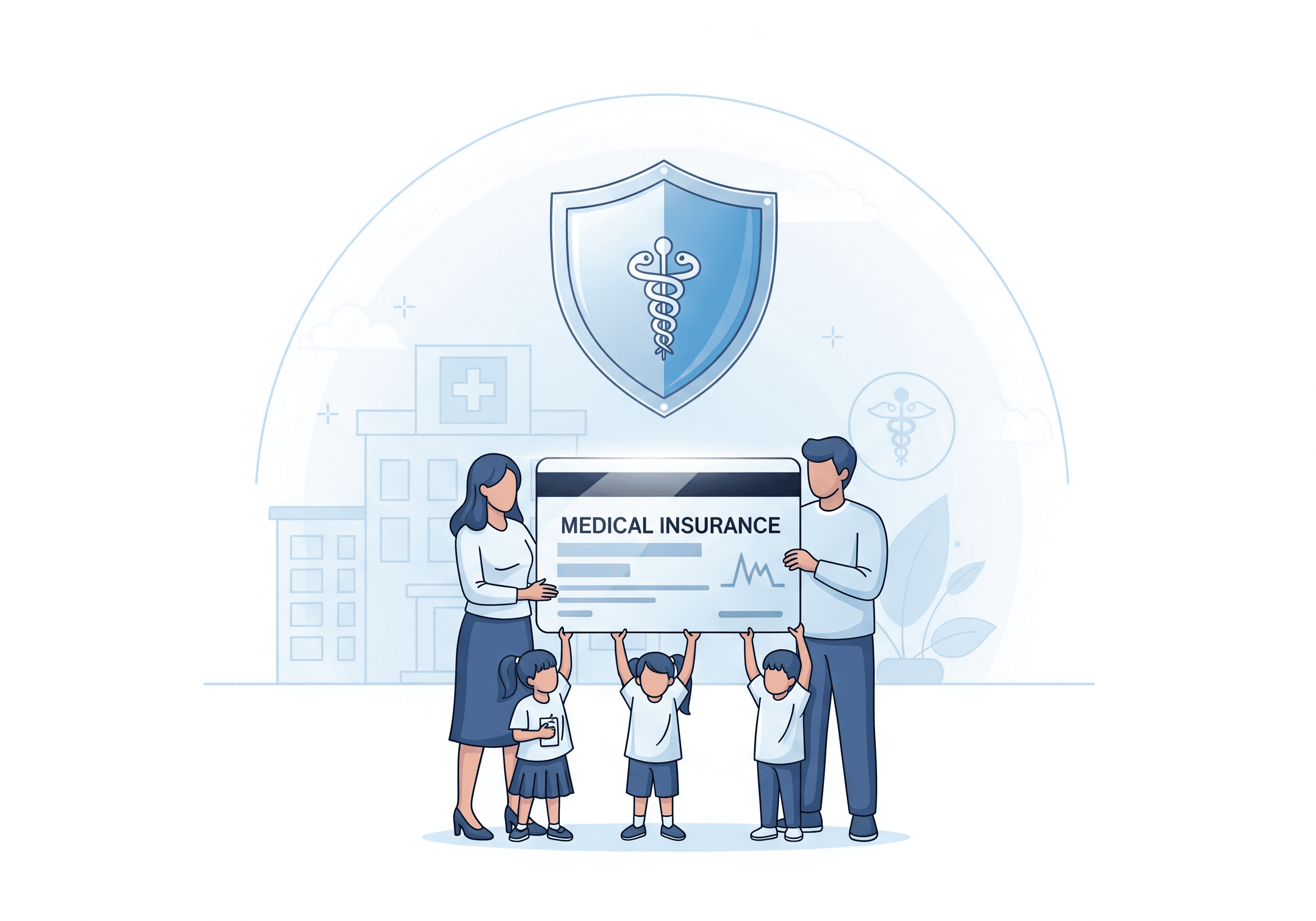






Leave a Reply